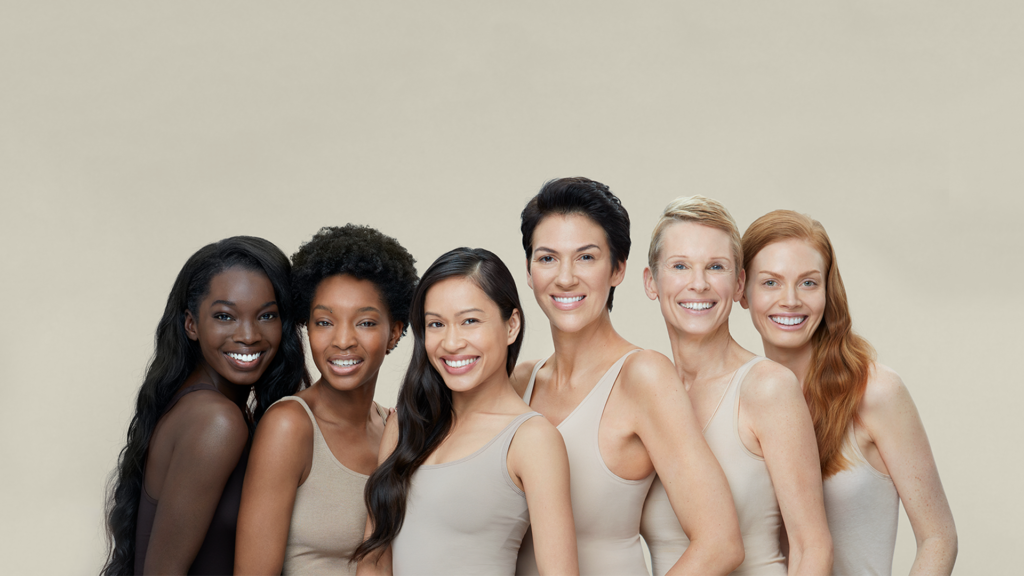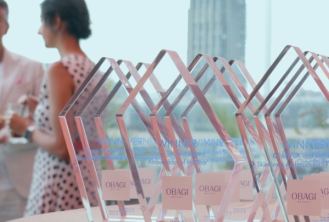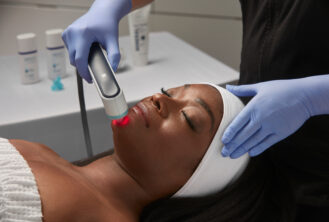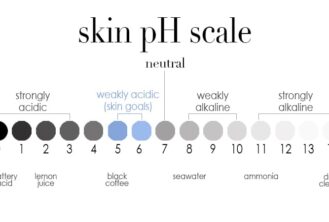A-Z of Skin and Skincare Ingredients
Abyssinian oil – a highly anti-inflammatory oil thanks to its vitamin E content. Also contains both Linoleic and Linolenic acids, which are helpful for skin regeneration and conditioning.
Acne – a skin condition that occurs when your hair follicles become plugged with oil and dead skin cells causing whiteheads, blackheads or pimples.
Advanced glycation end products – proteins or lipids that become glycated as a result of exposure to sugars. They are a bio-marker implicated in aging and the development of many degenerative diseases, such as diabetes.
Androgens – a group of sex hormones that help reproductive health body development and puberty.
Antioxidants – molecules in our bodies that can prevent or slow damage to cells caused by free radicals
Alpha hydroxy acids – or AHAs are acids that occur naturally in fruits, sugar cane, and milk. They are used as exfoliants to remove dead skin cells.
Arbutin – a skin brightening agent and antioxidant which can help prevent and visibly diminish the appearance of hyperpigmentation, caused when our skin produces excess melanin.
Avobenzone – a sunscreen agent found in sunscreens that absorbs UV rays.
Avocado oil – has antioxidant and anti-inflammatory properties so can help moisturise, relieve, and soothe many skin conditions.
Biomimetic Peptides – help increase skin fibroblasts, resulting in increased production of collagen and elastic fibres in the skin.
Bi-Mineral Contour Complex – an advanced ingredient technology developed by Obagi that harnesses zinc, copper and malonate. It was specifically designed to promote the three necessary stages of developing healthy elastin.
Chloasma– also known as melasma or the “mask of pregnancy,” a pigmentation disorder of the skin characterised by darker skin patches.
Collagen – a protein that the body produces. It plays an essential role in the structure and function of skin, cartilage, bones, and connective tissue.
Elastin – a protein that our bodies naturally produce. It provides stretchiness and strength in our tissues and many organs.
Fitzpatrick Scale – widely used to describe the most common tanning behaviour of six different skin types.
Glycolic acid – a chemical exfoliating ingredient that is derived from sugar cane.
Hibiscus oil – enhances the skin’s ability to retain moisture, which is a key factor in retaining a youthful complexion.
Homosalate – an organic sun filter which mainly absorbs UVB radiation.
Hyaluronic acid -a gooey substance, naturally produced by the body. Its main function is to retain water to keep tissues well lubricated .
Hydromanil™ – a natural active compound that protects the skin from dehydration and external factors.
Hyperpigmentation – a common, usually harmless condition in which patches of skin are darker than the surrounding skin.
Hypoallergenic – relatively unlikely to cause an allergic reaction.
Insulin – a hormone made by the pancreas that helps glucose in your blood enter cells in your muscle, fat, and liver, where it’s used for energy.
Kinetin – a plant hormone that promotes cell division. It is a growth factor that exerts several anti-aging and antioxidant effects.
L-ascorbic acid – or vitamin C is in a class of medications called antioxidants needed by the body to help wounds heal.
Linoleic & linolenic acid – important components of essential fatty acids. They helpto promote soft, supple skin and reduce fine lines alongside other signs of ageing.
Lipids – molecules that contain hydrocarbons and make up the building blocks of the structure and function of living cells.
Melanin – a substance in our bodies that produces hair, eye and skin pigmentation.
Melanocytes – a cell in the skin and eyes that produces and contains melanin.
Niacinamide – this form of vitamin B3 is an excellent antioxidant, fighting free radicals and hyperpigmentation.
Nouriplex Technology – A complex blend of four high-performance ingredients designed by Obagi for eyelash hair growth. Biotin (supports the natural production of keratin) Proprietary Lipid Compound (supports the lash cycle to provide thicker, fuller-looking eyelashes) Sodium Hyaluronate (a form of hyaluronic acid that attracts and retains water to both hydrate and thicken the appearance of eyelash hair) Panthanol (also known as Vitamin B5, helps with hair conditioning, moisture and texture improvement).
Mango butter – contains an abundance of vitamin E and vitamin C so is an effective moisturiser and may help soften skin.
Melasma – a skin condition characterised by brown or blue-grey patches or freckle-like spots and often called the “mask of pregnancy.”
Octinoxate – a common ingredient in sunscreen and other skin care products to minimise DNA photo-damage.
Octisalate – a liquid that is used to absorb UVB rays and to add water-resistance properties to sunscreens.
Octocrylene – a compound used as an additive in sun screen with skin moisturising effects because of its emollient properties.
Oxybenzone – an organic compound found in various flowering plants and used in sunscreens. It is a derivative of benzophenone.
Peptides – amino acids that make up proteins needed by the skin. Collagen is made of three polypeptide chains.
Photo-damage – Thisis defined as changes in the skin that occur after prolonged exposure to solar irradiation.
Pituitary gland – a small, pea-sized gland located at the base of our brains, it is often referred to as the ‘master gland’, because it controls several of the other hormone glands.
Retinoic acid – a member of the family of retinoids, compounds derived from retinol or vitamin A. It reduces fine lines and wrinkles by increasing the production of collagen.
Retinoids – derived from vitamin A, they reduce fine lines and wrinkles by increasing the production of collagen. They also stimulate the production of new blood vessels in the skin,
Retinol – a vitamin A derivative that exfoliates the skin to unclog pores and increase collagen production.
Retinaldehyde – another name for retinol, a vitamin A derivative that exfoliates the skin to unclog pores and increase collagen production.
Salicylic acid – treats acne by reducing swelling and redness and unplugging blocked skin pores to allow pimples to shrink.
Sebaceous glands – usually attached to hair follicles and which release a fatty substance, sebum on to the surface of the skin.
Sebum – an oily, waxy substance produced by your body’s sebaceous glands. It coats, moisturises, and protects your skin.
Shea butter – Oils that are rapidly absorbed into our skin acting as a “re-fatting” agent, restoring lipids and rapidly creating moisture.
SPF – Sun Protection Factor which measures sunscreen protection from UVB rays.
Testosterone – the male sex hormone that helps boys develop male features like body and facial hair, deeper voice, and muscle strength.
UVA – an ultraviolet ray, UVA damages our skin, resulting in a tan. It is the primary radiation used in tanning beds.
UVB – an ultraviolet ray, UVB plays the greatest role in causing skin cancers, including malignant melanoma.
Xeroxes – The medical term for dry skin. Dry skin is common and can affect anyone at any age. Also known as xeroderma.
Zeatin – a naturally occurring plant growth regulator used in plant tissue culture to induce cell division and shoot formation.





